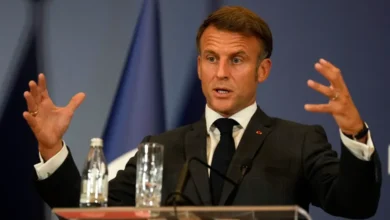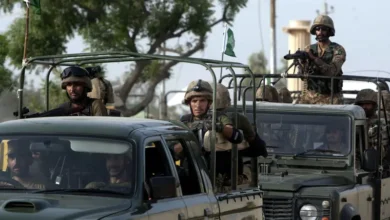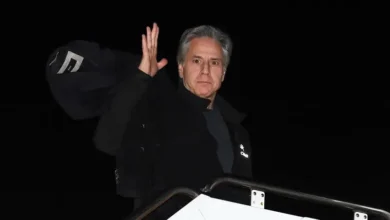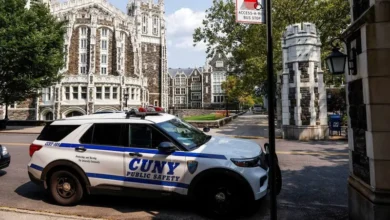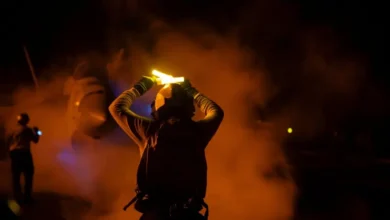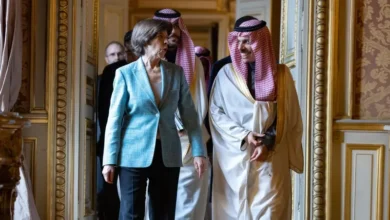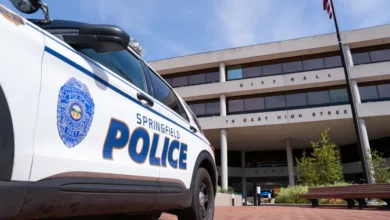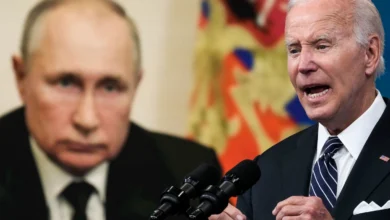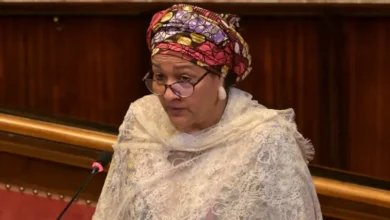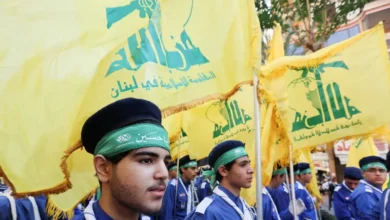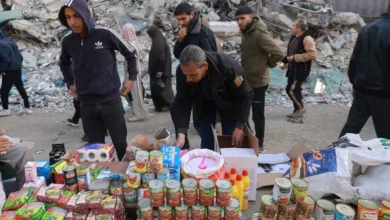‘Need answers’: Will Sri Lanka’s Tamils find war closure under Dissanayake?
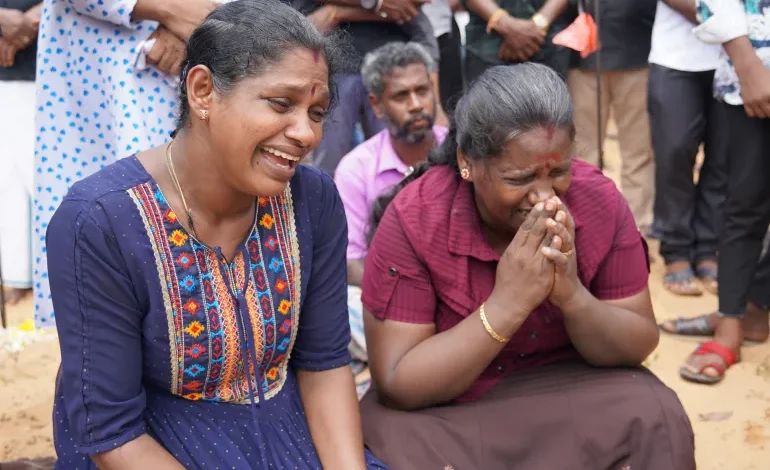
On a beach in northeastern Sri Lanka, Krishnan Anjan Jeevarani laid out some of her family’s favourite food items on a banana leaf. She placed a samosa, lollipops and a large bottle of Pepsi next to flowers and incense sticks in front of a framed photo.
Jeevarani was one of thousands of Tamils who gathered on May 18 to mark 16 years since the end of Sri Lanka’s brutal civil war in Mullivaikkal, the site of the final battle between the government and the Liberation Tigers of Tamil Eelam, a separatist group that fought for a Tamil homeland.This year’s commemorations were the first to take place under the new government helmed by leftist Anura Kumara Dissanayake, who was elected president in September and has prompted hopes of possible justice and answers for the Tamil community.
The Tamil community alleges that a genocide of civilians took place during the war’s final stages, estimating that nearly 170,000 people were killed by government forces. UN estimates put the figure at 40,000.
Dissanayake, the leader of the Marxist party Janatha Vimukthi Peramuna (JVP), which itself led violent uprisings against the Sri Lankan government in the 1970s and 1980s, has emphasised “national unity” and its aim to wipe out racism. He made several promises to Tamil voters before the elections last year, including the withdrawal from military-occupied territory in Tamil heartlands and the release of political prisoners.But eight months after he was elected, those commitments are now being tested – and while it’s still early days for his administration, many in the Tamil community say what they’ve seen so far is mixed, with some progress, but also disappointments.No ‘climate of fear’ but no ‘real change’ either
In March 2009, Jeevarani lost several members of her family, including her parents, her sister and three-year-old daughter when Sri Lankan forces shelled the tents in which they were sheltering, near Mullivaikkal.
“We had just cooked and eaten and we were happy,” she said. “When the shell fell it was like we had woken up from a dream.”
Jeevarani, now 36, buried all her family members in a bunker and left the area, her movements dictated by shelling until she reached Mullivaikkal. In May 2009, she and the surviving members of her family entered army-controlled territory.Now, 16 years later, as she and other Sri Lankan Tamils commemorated their lost family members, most said their memorials had gone largely unobstructed, although there were reports of police disrupting one event in the eastern part of the country.
This was a contrast from previous years of state crackdowns on such commemorative events.
“There isn’t that climate of fear which existed during the two Rajapaksa regimes,” said Ambika Satkunanathan, a human rights lawyer and former commissioner of the National Human Rights Commission of Sri Lanka, referring to former presidents Mahinda and Gotabaya Rajapaksa, brothers who between them ruled Sri Lanka for 13 out of 17 years between 2005 and 2022.It was under Mahinda Rajapaksa that the Sri Lankan army carried out the final, bloody assaults that ended the war in 2009, amid allegations of human rights abuses.
“But has anything changed substantively [under Dissanayake]? Not yet,” said Satkunanathan.
Satkunanathan cited the government’s continued use of Sri Lanka’s controversial Prevention of Terrorism Act (PTA) and a gazette issued on March 28 to seize land in Mullivaikkal as problematic examples of manifesto promises being overturned in an evident lack of transparency.
